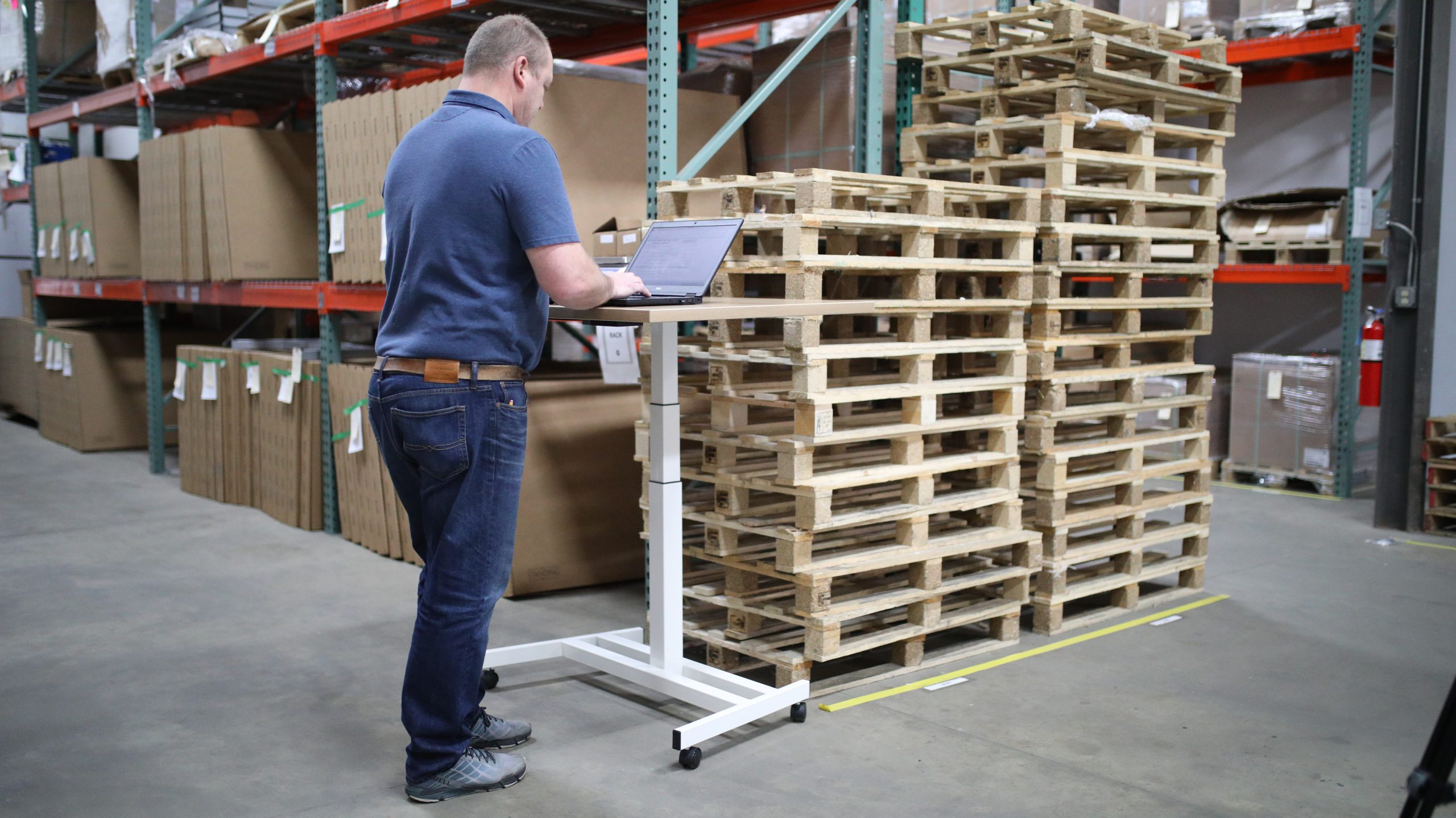Inventory turnover is a methodology to check the performance of a company’s stock. It can be used to measure quantity and quality of stocked products and therefore, also evaluate financial aspects of the company.
So, it’s based on the circulation of products, revealing information such as how much a product was sold, how many times was ordered and what are still on inventory. To make that measure you need to know the total of sales and the average volume of stock.
How does it work?
The objective is to see if there is a balance between sales and order of items. Which means, to see if inventory is optimized and not holding too many products neither close to stockouts.
In simple terms, with high sales you need a high inventory turnover to keep stock stable and profitability level. On scenarios where there are too many products, you raise storage costs.
On the other side, if you don’t have enough stock to satisfy your clients, you’ll lose sales and potentially loyal customers. The ideal scenario is when you don’t have excess nor lack of products.
So, how to calculate?
As there are not a lot of variables, the formula is quite simple. Although, you need to know that information with precision to have the right result, so before trying to apply it, is necessary to develop a way to get them.
The formula follows:
Total Sales / Average Stock Volume = Inventory Turnover
So, the formula needs to establish a period it will evaluate. You define the period and discover how much you sold at that time.
Important aspects
Of course, the Inventory Turnover is not something that you can do isolated. It must be integrated to the whole operation and have control of everything that is going on. For that, there is some aspects that must be considered.
For instance, you need to keep record of everything the company is doing. Being that items sold, orders and units on inventory. You need to know the cashflow, what’s entering and what’s leaving.
Also, you need to always consider sales when planning an order. It’s fundamental to know what to repose and what isn’t selling very much. You need to keep close attention to your products.
Then, you can make your inventory management. Check daily what’s available on stock to know beforehand how the demand is behaving. This simple operation will lead to a more efficient management.
Finally, you can make promotions and discounts to amplify your turnover. That means, increasing the sales of a determined product or get out of stock one that isn’t selling much.
Why make inventory turnover?
When analyzing stock trough a inventory turnover, you can answer two fundamental questions of your operations.
- Am I ordering the right way?
- How long a product stays on warehouse?
That means, a well-executed inventory turnover will result in insights to optimize ordering and inventory at the same time. After the result, though, you have two possibilities: high inventory turnover or low inventory turnover. But what do that mean?
High Inventory Turnover
High inventory turnover is a good sign that stock are healthy. On other terms, there is sufficient stock to keep doing business and also there isn’t items stuck on warehouse.
Low Inventory Turnover
On the other side, a low inventory turnover means that the demand may not be that high, which makes necessary to conduct a price analysis and demand forecasting of your items.
In Sum
Making an inventory turnover have a lot of advantages. You will have more control of your stock, better decision-making process and a more efficient way to determine if a product should be ordered nor not.
The methodology will provide powerful insights on the cycle of your products and how well they are doing on market. With that, it’s easier to plan strategies that will be more adjusted to the context of each company.

